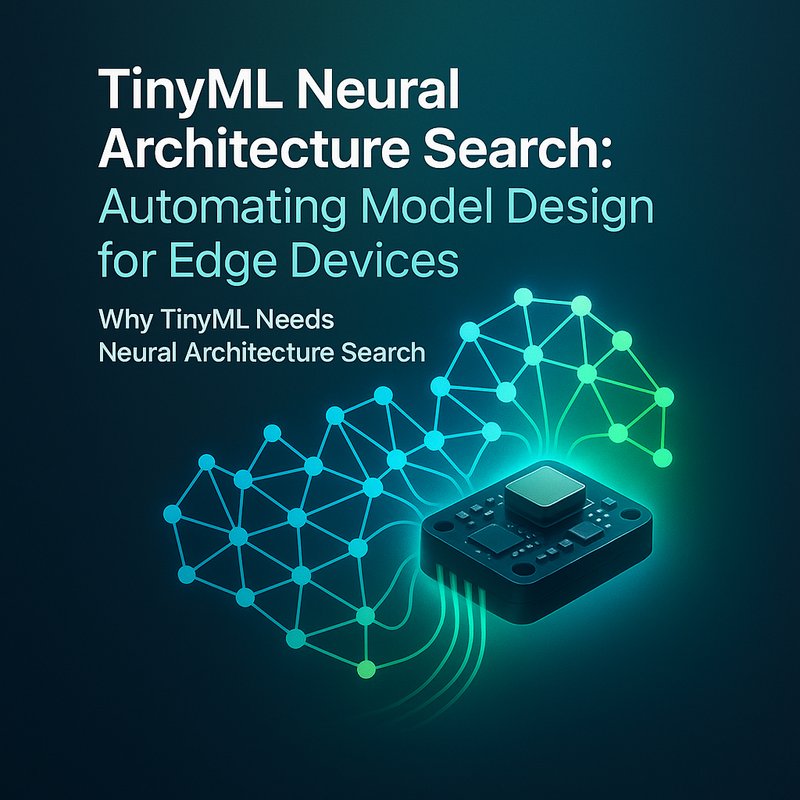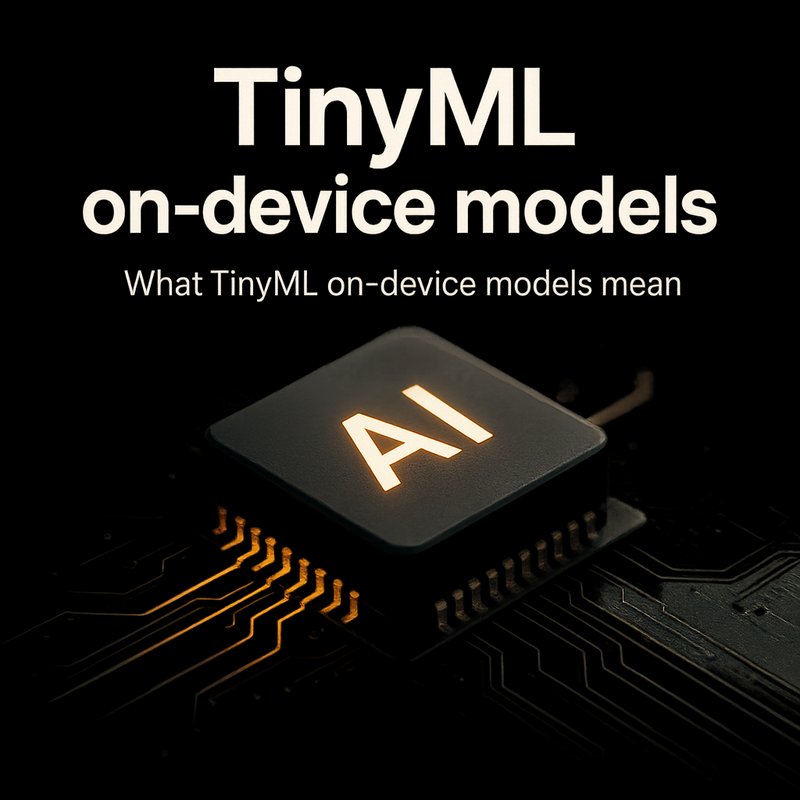Fair Human-Centric Image Benchmark is a new public dataset released by Sony AI on November 5, 2025. It gives developers a way to test computer‑vision models for bias and fairness, especially in images of people. The benchmark focuses on real‑world scenarios and offers a diverse set of images that reflect many human identities.
In this article we explore what FHIBE is, why it matters, how it can be used, and what the future holds for fair AI. We’ll also show how tools like Neura AI can help you integrate fairness checks into your workflows.
What Is the Fair Human‑Centric Image Benchmark?
FHIBE is a collection of thousands of images that include people from varied backgrounds, ages, genders, and ethnicities. Sony AI built it to evaluate how well vision models identify and describe people without reinforcing stereotypes or ignoring minority groups.
Key Features of FHIBE
- Diverse Representation: The dataset covers a broad spectrum of facial expressions, clothing styles, lighting conditions, and contexts.
- Human‑Centric Labels: Each image is annotated with attributes that matter for fairness, such as skin tone, gender identity, and occupation.
- Open Access: The dataset is publicly available under a permissive license, so developers can download it, run tests, and share results without legal hurdles.
Why It Matters
- Bias Detection: Many commercial models misclassify or under‑represent certain groups. FHIBE gives a standardized way to catch those issues early.
- Regulatory Compliance: Governments and industries are tightening rules about AI fairness. Having a benchmark helps companies demonstrate compliance.
- Public Trust: When AI systems treat everyone fairly, they gain the confidence of users and stakeholders.
How to Use FHIBE in Your Projects
1. Download and Explore the Dataset
Sony AI makes the dataset available for free. You can pull it from the official repository and preview the images and annotations. Use tools like Neura Artifacto or Neura Open‑Source AI Chatbot to quickly load the data and start experimenting.
Tip: Try loading the annotations into a spreadsheet to see which groups are most represented. This gives you a baseline for fairness testing.
2. Test Your Vision Model
Run your image‑recognition or face‑detection model against FHIBE. Record metrics such as accuracy, recall, and false‑positive rates for each demographic group.
| Group | Accuracy | Recall | False‑Positive Rate |
|---|---|---|---|
| White | 92% | 90% | 2% |
| Black | 85% | 80% | 5% |
| Asian | 88% | 84% | 3% |
| Other | 80% | 75% | 7% |
If you see disparities, adjust your training data or tweak your model architecture.
3. Use Fairness Libraries
Combine FHIBE with open‑source fairness libraries such as AI Fairness 360 or Fairlearn. These libraries provide metrics and mitigation techniques to help you reduce bias.
4. Integrate with CI/CD Pipelines
Add a fairness check step to your continuous‑integration pipeline. Every time you retrain a model, run it against FHIBE and block merges if bias thresholds are exceeded.
Remember: Automating fairness checks keeps your AI from slipping back into biased behavior over time.
Real‑World Use Cases
Facial Recognition Security
A bank used FHIBE to audit its facial‑authentication system. After running the benchmark, they found that the system was 7 % less accurate for users with darker skin tones. By re‑balancing the training data, they improved overall accuracy and reduced customer complaints.
Social Media Moderation
A video‑sharing platform tested its content‑moderation AI with FHIBE. The model initially flagged more posts from a particular demographic. After fine‑tuning, the false‑positive rate dropped from 6 % to 2 %.
Healthcare Imaging

A hospital’s AI tool for detecting skin lesions was evaluated with FHIBE. The tool performed poorly on images of darker skin. The medical team adjusted the training set and improved detection rates for all patients.
Comparing FHIBE to Other Benchmarks
| Benchmark | Focus | Size | Public Access | Main Use |
|---|---|---|---|---|
| FHIBE | Human‑centric image fairness | 5,000+ images | Yes | Bias evaluation |
| ImageNet | General object recognition | 1.3M images | Yes | Transfer learning |
| COCO | Object detection & segmentation | 200k images | Yes | Multi‑label tasks |
| CelebA | Facial attribute recognition | 200k images | Yes | Face‑attribute tasks |
FHIBE’s uniqueness lies in its focus on human fairness. While ImageNet and COCO are great for generic vision tasks, they lack the demographic detail needed to evaluate bias in person‑related models.
How Neura AI Helps With Fairness
Neura AI’s Neura Artifacto allows you to import FHIBE and run automated tests with minimal coding. The platform can:
- Generate Reports: See fairness metrics per group in a single dashboard.
- Automate Retraining: Suggest data augmentation for under‑represented groups.
- Integrate with Existing Workflows: Connect to your GitHub or Azure DevOps pipelines.
If you’re interested, explore the product overview at https://meetneura.ai/products and see how easy it is to add FHIBE into your pipeline.
Challenges and Future Directions
Data Privacy Concerns
Because FHIBE contains human faces, privacy regulations like GDPR apply. Sony AI has taken steps to anonymize sensitive information, but developers must still handle the data responsibly.
Continuous Updates
The world of bias evolves. A benchmark that is good today may become obsolete tomorrow. The community should contribute new images and labels to keep FHIBE current.
Expanding Beyond Vision
Bias is not limited to vision. Text, speech, and recommendation systems also need benchmarks. The success of FHIBE may inspire similar datasets in other modalities.
Getting Started with FHIBE
- Download the dataset from Sony AI’s official page.
- Read the licensing terms and privacy guidelines.
- Load the data into your preferred environment (Python, Jupyter, Neura Artifacto).
- Run an initial fairness test on your model.
- Iterate: Adjust your model, retrain, and retest.
Remember, fairness isn’t a one‑time fix; it’s an ongoing process.
Conclusion
The Fair Human‑Centric Image Benchmark gives developers a practical, open‑source tool to spot and fix bias in computer‑vision models. By using FHIBE, you can ensure that your AI treats everyone fairly, complies with emerging regulations, and builds trust with users. Whether you’re working in security, social media, or healthcare, FHIBE offers a clear path to more inclusive AI.
Ready to Dive In?
- Explore FHIBE: [Sony AI FHIBE release page]
- Try Neura Artifacto: https://artifacto.meetneura.ai
- Learn More About Fairness: https://blog.meetneura.ai/#case-studies
Let’s build AI that works for everyone—one image at a time.









